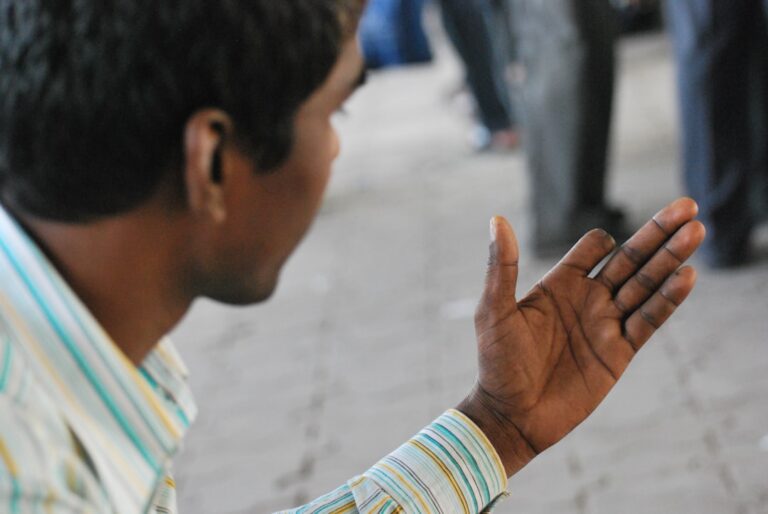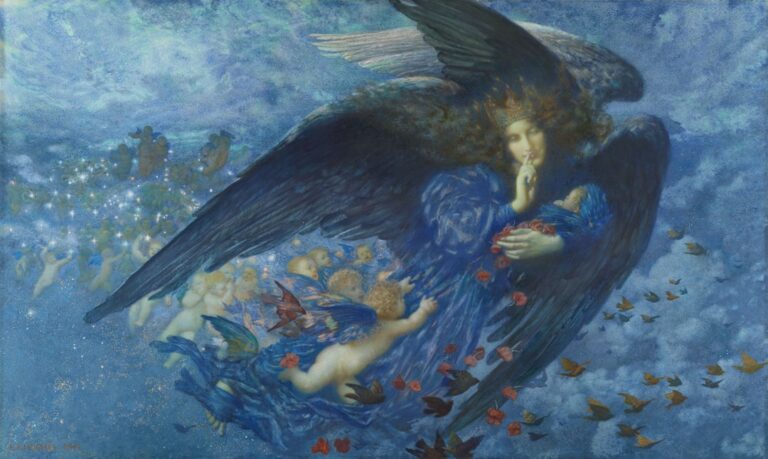Tiger tattoos have long been a popular choice among tattoo enthusiasts. These majestic creatures have captivated the human imagination for centuries, and their beauty and power make them a perfect subject for body art. Whether it’s a small, intricate design or a large, bold statement piece, tiger tattoos are a symbol of strength, courage, and personal power.
Key Takeaways
- Tiger tattoos have been a popular choice for centuries, with a rich history and cultural significance.
- Tigers are revered in many cultures for their power, strength, and bravery, making them a popular symbol in tattoo art.
- There are many different styles of tiger tattoos, from traditional to realistic, each with its own unique meaning and symbolism.
- The color of a tiger tattoo can also hold significance, with black representing power and white representing purity.
- The placement of a tiger tattoo can also hold meaning, with the back symbolizing strength and the chest representing courage.
The Symbolism of Tigers in Different Cultures
Tigers hold significant symbolism in various cultures around the world. In Chinese culture, the tiger is considered one of the four sacred animals and represents power and protection. It is also associated with the element of wood and is believed to bring good luck and ward off evil spirits.
In Japanese culture, the tiger is seen as a symbol of strength, courage, and longevity. It is often depicted alongside the dragon, representing the balance between yin and yang. In Indian culture, the tiger is associated with the goddess Durga and represents power, ferocity, and protection.
The Power and Strength of a Tiger Tattoo
A tiger tattoo can be a powerful symbol of personal strength and courage. For many people, getting a tiger tattoo is a way to remind themselves of their own inner strength and resilience. It serves as a constant reminder that they have the power to overcome any obstacles that come their way.
There are many different ways to depict the power and strength of a tiger in a tattoo design. Some people opt for a realistic portrayal of a roaring tiger, showcasing its raw power and intensity. Others may choose a more abstract or stylized design that captures the essence of the tiger’s strength without being too literal.
The Different Styles of Tiger Tattoos
Tiger tattoos can be done in various styles, each with its own unique characteristics. Traditional tiger tattoos are characterized by bold lines, vibrant colors, and a classic tattoo aesthetic. These designs often feature a roaring tiger with its mouth open wide, showcasing its fierce nature.
Neo-traditional tiger tattoos take inspiration from traditional designs but incorporate more modern elements and techniques. These tattoos often feature a mix of bold lines and intricate details, creating a dynamic and visually striking design.
Realistic tiger tattoos aim to capture the true essence of the animal, with intricate details and shading that make the tattoo look like a lifelike representation of a tiger. These tattoos require a skilled artist who can create a sense of depth and dimension in the design.
The Significance of Color in Tiger Tattoos
Color plays an important role in tiger tattoos, as it can enhance the meaning and symbolism of the design. Traditional tiger tattoos often feature bold, vibrant colors such as red, orange, and yellow, which represent power, energy, and passion.
Black and grey tiger tattoos are also popular choices, as they can create a more realistic and dramatic effect. These designs often focus on shading and texture to create depth and dimension in the tattoo.
Some people may choose to incorporate other colors into their tiger tattoo design to add personal meaning or symbolism. For example, blue can represent calmness and tranquility, while green can symbolize growth and renewal.
The Placement of Tiger Tattoos and its Meanings

The placement of a tiger tattoo can also affect its meaning. Some people choose to have their tiger tattoo on their arm or shoulder, symbolizing strength and power. Others may opt for a back or chest tattoo, representing protection and courage.
The placement of a tiger tattoo can also be influenced by personal preference or aesthetic considerations. Some people may choose to have their tiger tattoo on a visible part of their body, while others may prefer a more discreet placement.
The History of Tiger Tattoos
Tiger tattoos have a rich history that dates back centuries. In ancient times, tigers were revered as powerful and mystical creatures in many cultures. They were often associated with gods and goddesses and were believed to possess supernatural powers.
In traditional Japanese tattoo art, tigers were often depicted as fierce and aggressive creatures, symbolizing strength and protection. In Chinese culture, tiger tattoos were believed to bring good luck and fortune.
Over time, tiger tattoos have evolved and become more popular in Western tattoo art. Today, they are a common choice among tattoo enthusiasts of all backgrounds.
The Modern Interpretation of Tiger Tattoos
In modern tattoo art, tiger tattoos have taken on new forms and styles. Tattoo artists have pushed the boundaries of traditional designs, creating unique and innovative interpretations of the tiger motif.
Contemporary tiger tattoos may incorporate elements of other tattoo styles, such as watercolor or geometric designs. These tattoos often feature bold colors and abstract shapes, creating a visually striking and modern aesthetic.
The Emotional Connection to Tiger Tattoos
For many people, getting a tiger tattoo holds personal significance and emotional connections. Some individuals may choose to get a tiger tattoo as a way to honor a loved one or commemorate a significant event in their life.
Others may get a tiger tattoo as a symbol of personal strength and resilience. The image of a powerful and majestic tiger serves as a reminder that they have the inner strength to overcome any challenges they may face.
The Future of Tiger Tattoos in Tattoo Art
As tattoo art continues to evolve, so too will the popularity and styles of tiger tattoos. With advancements in technology and techniques, artists will be able to create even more intricate and realistic designs.
There may also be a shift towards more abstract or minimalistic interpretations of the tiger motif, as people seek unique and personalized tattoo designs.
In conclusion, tiger tattoos are a timeless symbol of power, strength, and courage. They hold significant meaning in various cultures around the world and can be interpreted in different ways by individuals. Whether it’s a traditional design or a contemporary interpretation, tiger tattoos will continue to be a popular choice among tattoo enthusiasts for years to come.
If you’re considering getting a tiger tattoo, you might be interested in reading Tom’s Rant’s article on the symbolism behind animal tattoos. In this thought-provoking piece, Tom explores the deeper meanings associated with various animal tattoos, including the majestic tiger. Discover how a tiger tattoo can represent strength, courage, and protection by clicking here.
FAQs
What is a tiger tattoo?
A tiger tattoo is a design that features an image of a tiger, either realistic or stylized, that is permanently inked onto the skin using a tattoo needle and ink.
What does a tiger tattoo symbolize?
A tiger tattoo can symbolize strength, power, courage, and protection. In some cultures, tigers are also associated with royalty, wisdom, and spirituality.
Where on the body is a tiger tattoo typically placed?
A tiger tattoo can be placed on any part of the body, but some popular locations include the upper arm, back, chest, and thigh.
What are some popular styles of tiger tattoos?
Some popular styles of tiger tattoos include traditional Japanese-style tattoos, realistic portraits, tribal designs, and watercolor tattoos.
Is getting a tiger tattoo painful?
Getting a tattoo can be painful, as the needle penetrates the skin to deposit ink. However, the level of pain can vary depending on the individual’s pain tolerance and the location of the tattoo.
How long does a tiger tattoo take to heal?
A tiger tattoo can take several weeks to fully heal, depending on the size and location of the tattoo. During the healing process, it is important to keep the tattoo clean and moisturized to prevent infection and promote proper healing.













+ There are no comments
Add yours